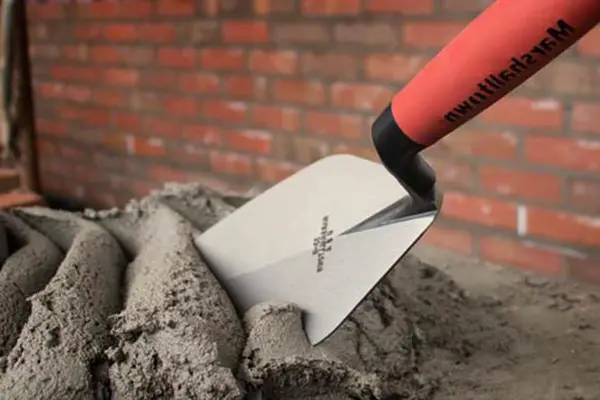Trowels: Masters of the Mix, Sculptors of the Smooth
The trowel might seem like a humble tool, a flat blade with a handle, but don’t underestimate its power. From the delicate dance of plastering to the muscular kneading of concrete, trowels are the silent heroes of countless construction and creative endeavors. They’re the shapers of surfaces, the smoothers of rough edges, the artists of the applied. So, let’s delve into the fascinating world of trowels, where every scoop and swipe tells a story of creation.
A Trowel for Every Trade: A Gallery of Grime and Glitter
No, trowels aren’t one-size-fits-all tools. They come in a dazzling array of shapes, sizes, and materials, each tailored to a specific task like a magician’s wand:
- The Bricklayer’s Beloved: The rectangular brick trowel, with its notched edge, is the king of spreading mortar, ensuring those bricks stand tall and proud.
- The Plasterer’s Pal: The finishing trowel, thin and flexible, dances across walls like a ballerina, smoothing plaster to a flawless finish.
- The Concrete Conquering Crew: From the hefty margin trowel for shaping large slabs to the smaller pointing trowel for filling cracks, these tools tame the beast of concrete.
- The Tiler’s Treasure: The notched trowel, with its teeth like a tiny comb, spreads adhesive evenly, ensuring those tiles adhere like loyal subjects.
- The Gardener’s Gentle Giant: The transplanting trowel, with its curved blade, scoops up soil and plants with care, like a gentle giant cradling seedlings.
Beyond the Basics: Trowel Techniques for the Aspiring Artisan
Troweling isn’t just about brute force. It’s a dance of pressure, angle, and rhythm. Here are some tips to turn you from a trowel novice to a master of the smooth:
- Grip it right: Hold the trowel firmly but not too tightly, allowing for subtle movements.
- Angle is key: Adjust the angle of the blade depending on the task. A steeper angle for scooping, a shallower one for smoothing.
- Let the material guide you: Feel the texture of the mix, let it tell you how much pressure to apply.
- Practice makes perfect: Like any skill, troweling takes time and practice. Don’t be afraid to experiment, to find your own rhythm and style.
Trowels: More Than Just Tools, They’re Testers of Time
Trowels are more than just construction companions; they’re witnesses to history. From the pyramids of ancient Egypt, built with mud trowels, to the sleek skyscrapers of today, shaped by steel trowels, these tools have been there, shaping the world around us. They’re testaments to human ingenuity, to our ability to dream big and build it strong.
So, the next time you see a trowel, don’t just see a tool. See a sculptor of surfaces, a master of the mix, a silent testament to human creativity. And who knows, maybe you’ll be inspired to pick one up yourself and add your own brushstrokes to the ever-evolving canvas of our world.
FAQ:
Q: Can I use a trowel for gardening?
A: Absolutely! Transplanting trowels are perfect for scooping soil and planting seeds. Just remember to clean it thoroughly after use to avoid spreading diseases between plants.
Remember, the world is your canvas, and the trowel is your brush. So, get out there, mix it up, and create something amazing!
Post time: Dec-22-2023







